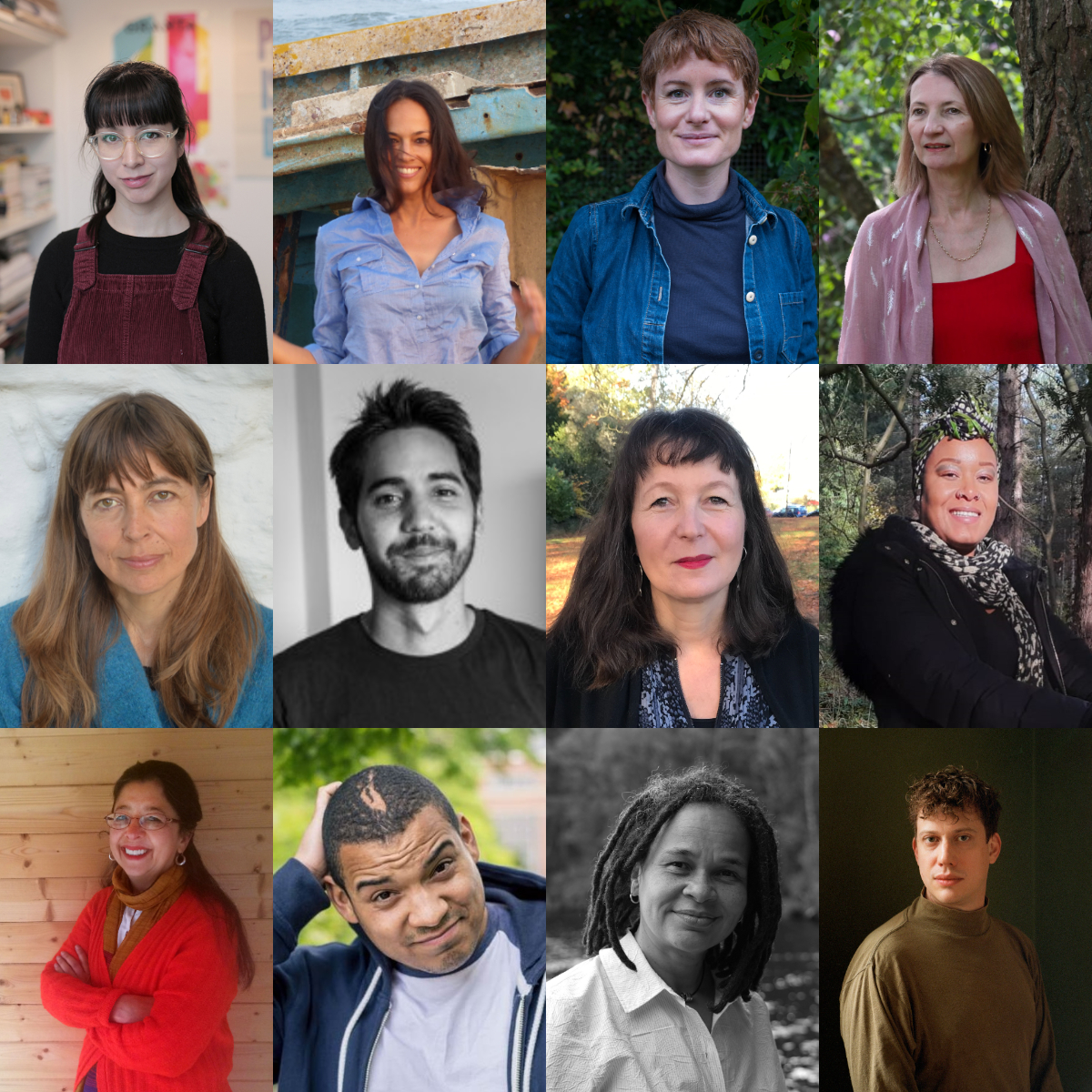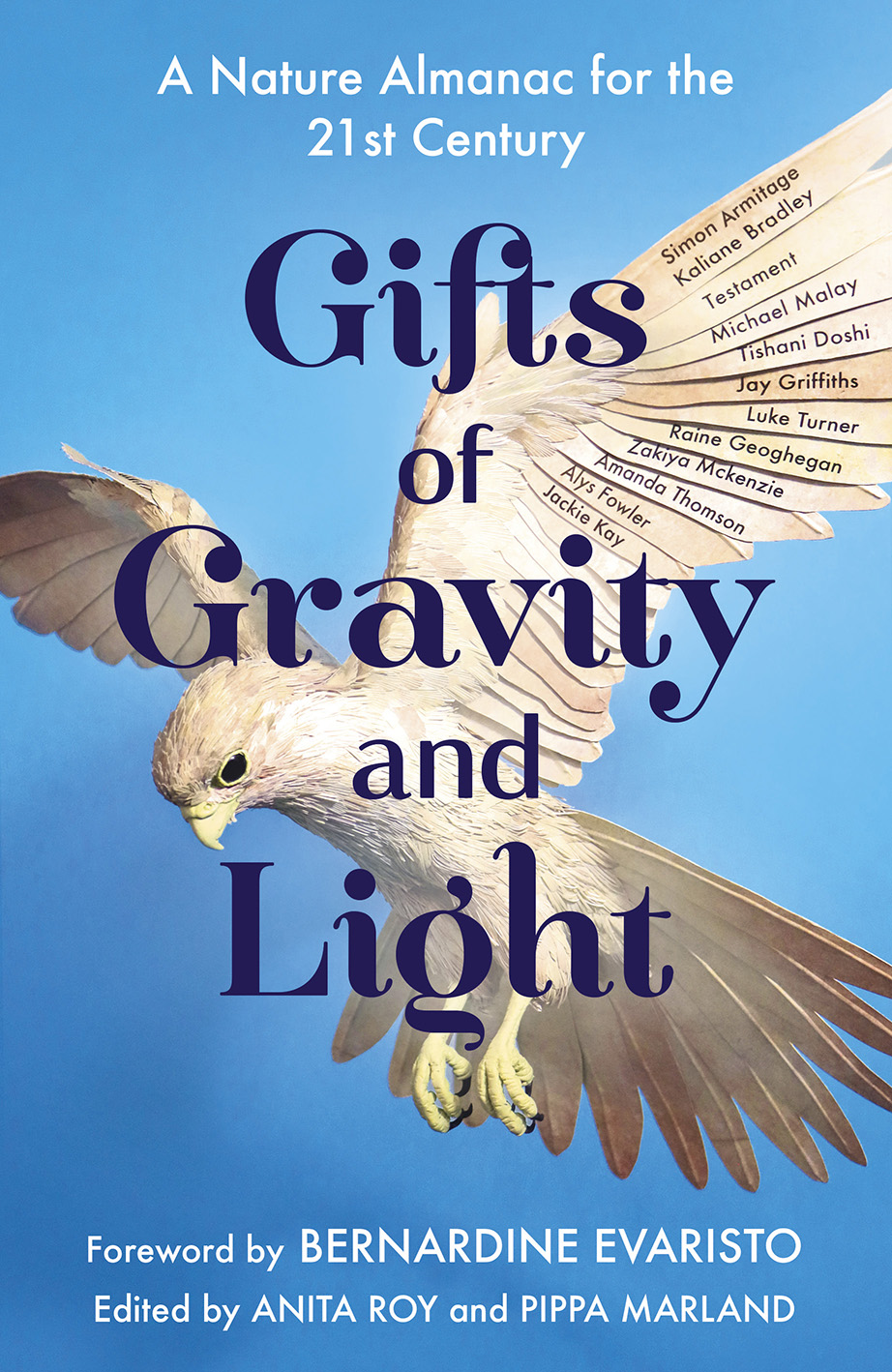Announcing the publication of:
Ecocriticism and the Island: Readings from the British-Irish Archipelago – Pippa Marland (Rowman and Littlefield, December 2022).

Ecocriticism and the Island explores a wide selection of island-themed creative non-fiction, offering new insights into the ways in which authors negotiate existing cultural tropes of the island while offering their own distinctive articulations of “islandness.” This book represents an important intervention into both island literary studies and ecocriticism.
Endorsements:
“Ecocriticism and the Island is a fascinating study of the diversity and importance of literature and life across the north Atlantic archipelago. Written with clarity and insight, it is a guide to the histories of communities around Ireland and Britain and an augur of our collective future through engagement with art, language, and climate science, all brought together in a compelling critical and creative narrative. It is an important addition to the archipelagic and blue humanities and marks a good step forward in island thinking.”
Nicholas Allen, director, Wilson Center for Humanities and Arts, University of Georgia
“Drawing upon an impressive breadth of theoretical reference as well as interviews with key writers, Pippa Marland offers sensitive and illuminating close readings of a diverse range of creative non-fictional texts. The result is a brilliantly original and engagingly lucid work of ‘archipelagraphy’ that demonstrates how ecocriticism might contribute to island studies and how island-themed texts might advance ecocritical practice. Ecocriticism and the Island is essential reading for all researchers and students interested in the intersections of literature, place, and contemporary environmental thought.”
David Cooper, founding co-director of the Centre for Place Writing, Manchester Metropolitan University
“Read this book if you are drawn to the ever-more-crowded bookstore shelves of creative nonfiction about place and about living in, traversing, or mapping distinctive geographies and their communities. Ecocriticism and the Island is a meticulously researched study of island-themed books by some of the most important writers on these shelves. It is a gift to researchers seeking new approaches to island literary studies, offering thorough and utterly persuasive close readings that confirm the ultimate inseparability of actual and imagined islands. It is also a gift to researchers seeking a route between the concepts and methods of island studies and of ecocriticism, two approaches that, as Marland amply demonstrates, need each other.”
Lisa Fletcher, Head of Humanities, University of Tasmania
Pippa Marland is a Lecturer in Humanities at the University of Bristol




